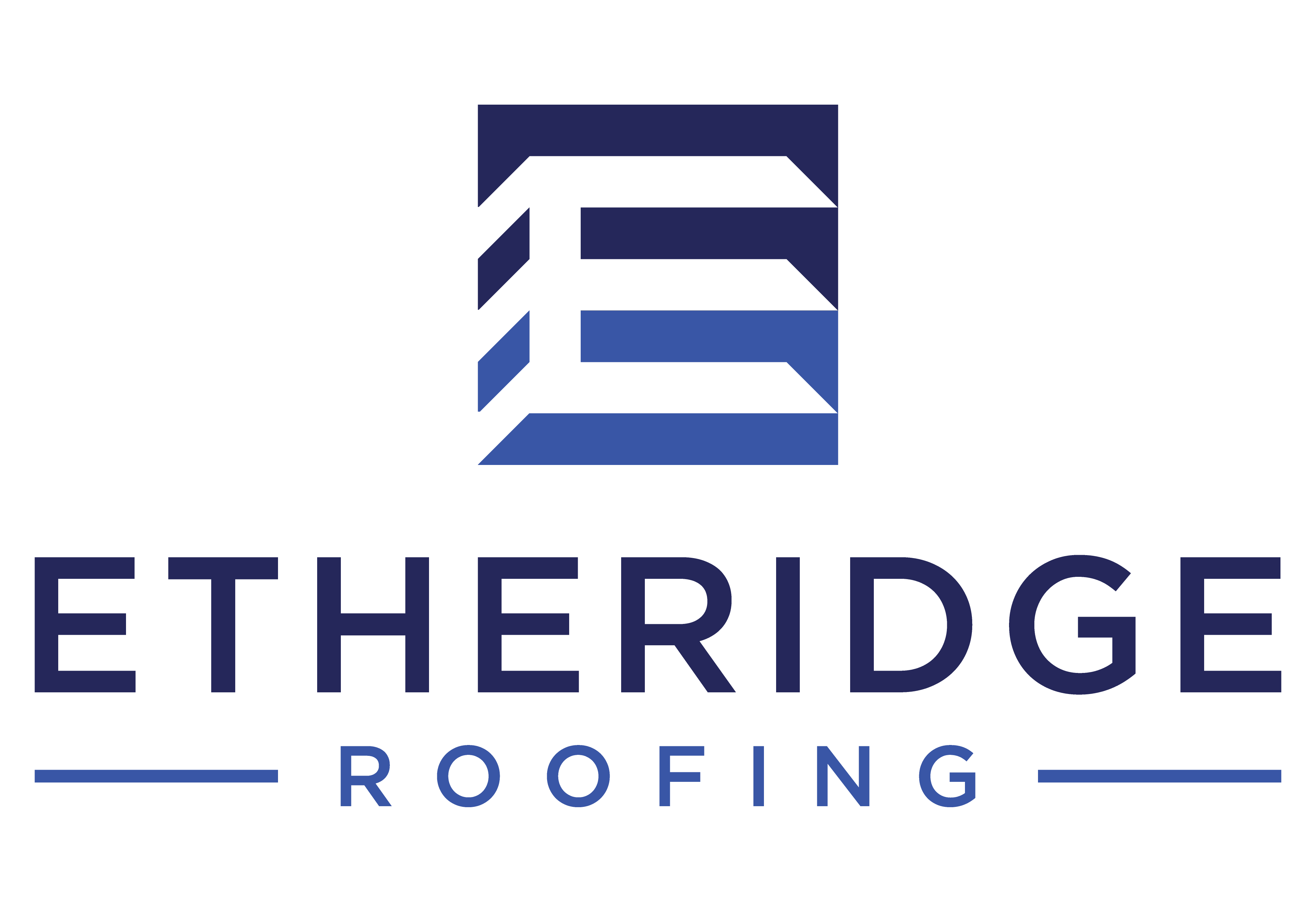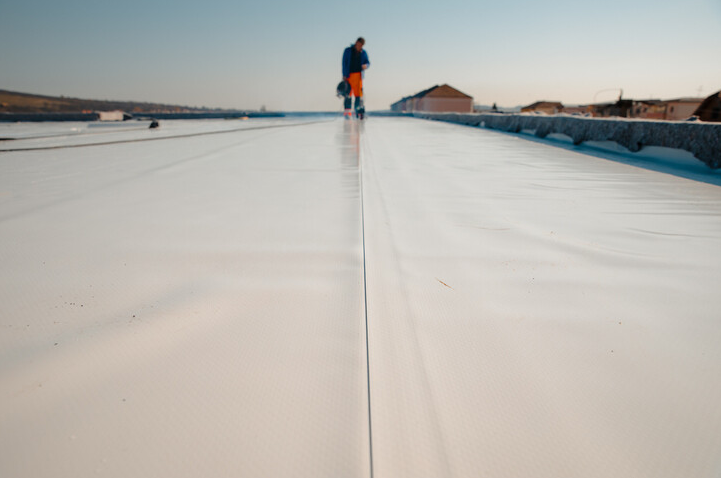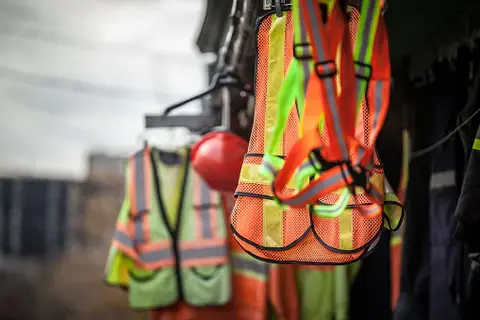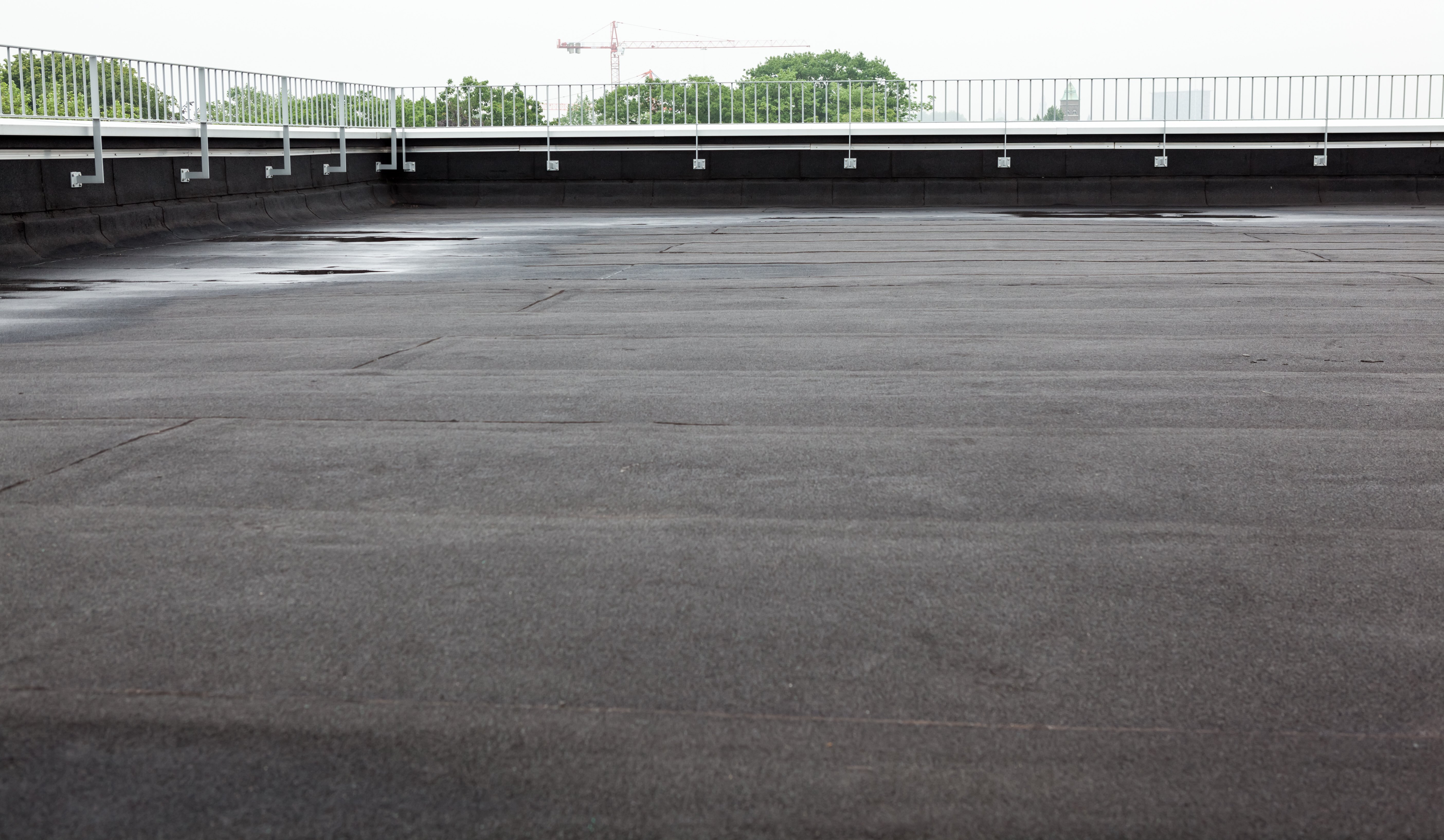Extending the Life of Your Flat Roof: Practical Tips and Tricks
Proactive maintenance is key to ensuring the longevity and performance of your investment when it comes to commercial flat roofing. By implementing preventative measures and regular inspections, property managers can extend the life of their flat roofs and avoid costly repairs down the line. In this blog post, we will discuss practical tips and tricks for maintaining your commercial flat roofing system to keep it in optimal condition for years to come.
Understanding the Importance of Regular Roof Inspections
Regular roof inspections serve as the foundation for maintaining the health and longevity of commercial flat roofs. These examinations, conducted ideally twice a year, are not mere formalities but critical check-ups that reveal the roof's true condition, much like a regular health screening does for us. Just as early detection is key in health matters, spotting early signs of damage or wear in roofing systems can be the difference between a minor, manageable repair and a major financial setback.
During these inspections, it’s vital to look beyond the surface for subtle hints of underlying issues. Changes in the material, such as blistering or cracking, can indicate more serious problems waiting to unfold. Acting on these early warnings can prevent the escalation of damage, safeguarding the structural integrity of the building.
Furthermore, regular inspections offer a strategic advantage in planning for maintenance and budgeting for future repairs. By understanding the current state of the roof, property managers can prioritize issues, schedule professional repairs, and allocate resources efficiently. This proactive approach not only extends the life of the roof but also maximizes the return on investment in the property.
Engaging with these inspections with a keen eye and a forward-thinking mindset allows for the early detection of potential threats and the timely intervention that follows. This practice not only maintains the roof's performance but also contributes to the overall safety and value of the property.
Keeping Your Drainage System Clear and Functional
A fundamental aspect of ensuring the longevity and efficiency of a commercial flat roof involves the diligent upkeep of its drainage system. Much like the circulatory system within a body, the drainage system of a flat roof is essential for the flow and removal of water, safeguarding the structure from the potential perils of water damage. Accumulated debris, leaves, and other obstructions can impede this critical flow, leading to pooling water that significantly heightens the risk of leaks and structural compromise.
The key to maintaining a clear and functional drainage system lies in regular and thorough cleaning of gutters, downspouts, and internal drainage paths. This task, while seemingly mundane, plays a pivotal role in preserving the roof’s integrity. It is advisable to schedule these cleanings strategically around seasons that present the highest likelihood of debris accumulation, such as after fall when leaves are abundant or following storms that can gather detritus on the roof.
In addition to cleaning, it’s also wise to conduct periodic checks for any signs of damage or wear in the drainage components themselves. Cracks, splits, or blockages within the system can undermine its efficiency and lead to water-related issues that are both costly and detrimental to the roof’s overall health. Addressing these concerns promptly ensures that the drainage system remains robust and capable of performing its crucial function.
This approach to drainage maintenance not only contributes to the prevention of immediate water damage but also supports the long-term performance and durability of the commercial flat roofing system. Through proactive and regular maintenance, the risk of drainage-related complications can be significantly reduced, thereby upholding the roof’s condition and operational efficacy.
Spotting and Addressing Early Signs of Wear and Tear
Being proactive in identifying early signs of wear and tear on your commercial flat roofing system is not just a maintenance strategy—it's a necessity for preserving the integrity of your building. The initial signs of distress, such as minor seam separations or the beginnings of membrane blistering, might seem inconsequential at first glance. However, these early indicators can rapidly escalate into severe issues if not addressed promptly.
To navigate this effectively, it’s essential to adopt a detail-oriented approach during inspections. Pay attention to subtle shifts in the roofing material, like changes in texture or color, which could signal the onset of degradation. Similarly, be on the lookout for standing water or blocked drainage paths, as these can quickly lead to more significant problems like leaks and structural damage.
Implementing regular checks for these signs allows for early intervention, significantly reducing the potential for extensive damage. It's about more than just fixing what's already broken; it's about engaging in a continuous process of care and attention that prevents major issues from arising in the first place.
Remember, the goal here is not merely to react to problems but to anticipate them. By taking this proactive stance, you’re not just maintaining the roof; you’re actively extending its lifespan and ensuring it continues to protect your property effectively. Engage with these tasks as part of a comprehensive maintenance strategy, and you’ll find that many of the most daunting issues can be avoided with just a little foresight and action.
The Role of Professional Maintenance in Roof Longevity
Navigating the complexities of commercial flat roofing maintenance requires more than just a keen eye and a proactive mindset; it often necessitates the expertise and precision that only professional roofing contractors can provide. These specialists bring a depth of knowledge and an arsenal of tools designed to diagnose, treat, and prevent roofing ailments that might elude less experienced observers. Engaging a professional not only ensures that inspections are thorough but also guarantees that the interventions employed are both appropriate and effective.
Professional roofers have a nuanced understanding of the materials and construction techniques unique to commercial flat roofing. This expertise allows them to identify potential vulnerabilities and wear patterns that might not be immediately apparent. More than just troubleshooters, these experts can offer tailored advice on how to enhance the roof’s resilience against environmental challenges, ranging from harsh weather conditions to routine wear and tear.
Moreover, their familiarity with the latest roofing technologies and materials means that any repairs or upgrades they implement are in line with contemporary standards, ensuring your roof remains at the forefront of efficiency and durability. Whether it's applying the latest in reflective coatings or integrating cutting-edge insulation solutions, their contributions are invaluable in maintaining the roof’s integrity over the long haul.
In the grand scheme of property management, investing in professional roofing maintenance is not just about solving present problems but about foresight—anticipating challenges and mitigating them before they escalate. This strategic partnership not only bolsters the lifespan of your roof but also optimizes its performance, ensuring that it continues to fulfill its protective role with unwavering reliability.
Implementing Preventative Measures Against Common Roof Threats
In the realm of commercial flat roofing, embracing preventative strategies is paramount in shielding your structure from the array of challenges it faces. This proactive stance involves adopting measures that preemptively secure the roof against elements that can compromise its integrity and functionality. Among these protective steps is the application of high-quality protective coatings. These specialized solutions serve as a barrier, repelling water and reflecting UV rays, thereby diminishing the risk of water infiltration and mitigating the impact of sun exposure.
Equally vital is the reinforcement of roof flashing, a common vulnerability point for leaks. Ensuring these areas are robust and intact is essential for maintaining a watertight seal around the roof's perimeter and penetrations. Furthermore, the strategic use of wind uplift prevention techniques can fortify the roof against severe weather events, reducing the likelihood of damage from high winds.
Another layer of defense involves the regular removal of potential hazards from the roof surface. Objects left unchecked, such as debris and equipment, can cause punctures or accumulation of water, leading to deterioration over time. By maintaining a clean and clear roofing surface, you help preserve its structural integrity.
Incorporating these preventative measures forms a comprehensive defense strategy, fortifying your commercial flat roofing against the common threats that can lead to premature wear and costly disruptions. This approach not only safeguards the roof’s condition but also reinforces its capacity to protect the building beneath it.
Understanding and Enhancing Your Roof’s Energy Efficiency
Achieving optimal energy efficiency in your commercial flat roofing is not just beneficial; it's essential for operational cost-effectiveness and environmental stewardship. Key to this endeavor is the strategic application of reflective roofing materials. These innovative solutions work by reflecting the sun's rays, rather than absorbing them, which in turn keeps the building cooler and reduces the demand on air conditioning systems. Additionally, enhancing the roof's insulation plays a pivotal role in maintaining a consistent internal temperature, further driving down energy consumption. This dual approach not only slashes utility bills but also contributes to a more sustainable operational model. By focusing on these energy-smart practices, you can elevate the eco-friendliness and economic efficiency of your property, securing its value and performance into the future.
Posts by Tag
Recent Posts
Popular Posts
Selecting the appropriate roofing system is...
The decision to embark on a commercial flat roof...
Recent Posts
Ensuring that your roof meets current standards...
As property managers, the last thing we want to...







